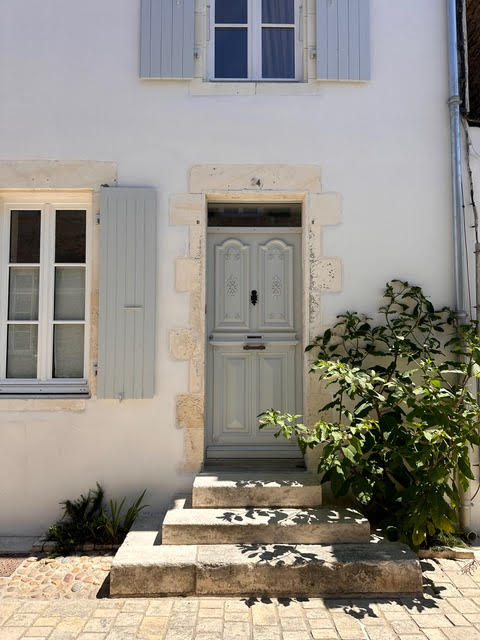Who doesn't love Audrey Hepburn, that well known British style icon & actress who starred in many classic movies, notably her leading role in Breakfast at Tiffanys (that iconic image of Holly Golightly outside of Tiffanys in New York!) but even more endearingly, she’s a passionate humanitarian who has worked with UNICEF for years to make a difference to impoverished children.
Hepburns famous style in Breakfast at Tiffanys is iconic - the oversize black glasses, bold red lipstick and the form fitting black dress are infamous, but I’m a huge fan of her own casual looks, a simple Bretagne style striped t-shirt with a blazer or her skill for combining masculine shirts with a pair of high waisted capri pants and some flats - I love to combine a classic white shirt (like our Blouse No.18) with some black slim leg jeans, lace up leather oxford shoes and a subtle, muted red lipstick and it always feels a little bit Hepburn to me.
On a deeper level, Audreys upbringing isn’t something many folks are familiar with, it’s heartbreaking. Hepburns parents were nazi sympathizers - initially supporting Fascist organizations, but progressing with her father to more direct connections with the Nazi party during World War 2. Audrey's British father abandoned her when she was 6 years old (he ended up in prison in the UK for Nazi related activities during the war.) Audrey states that this was terribly traumatic for her. Considering her parents background, it was especially admirable that Audrey spent time during WW2 helping the resistance, dancing in silent ballet performances to donate the funds she received to the resistance, delivering papers, money, food for groups of resistance workers, as well as volunteering at a local hospital which was also a hub for resistance workers.
While her petite frame was associated with her ballet background, her family surmises that it was most likely a result of malnourishment when food supplies were cut off from her town during the war. Food was so scarce that nettles & plants were eaten and tulip bulbs were ground up and used to replace flour. These experiences were a driving force behind her philanthropic work throughout her life to help impoverished children with the charity UNICEF, whom she credits to feeding her once the war was over.

Gardening was a source of joy to Audrey, she presented a Gardening show on PBS in 1963 ‘Audrey Hepburn’s Gardens of the World’. Her son talks about how important flowers and spending time in the garden were to Audrey, and while she obviously thrived as an actress, she didn't enjoy fame and loved to spend time with her children and also time alone in the garden.
In 1990, a new hybrid breed of tulip was named after her by the Netherlands Flower Information Society. The white Tulip is a tribute to Hepburns career and her longtime support and work on behalf of UNICEF. Hepburn also received the Presidential Medal of Freedom for her work with UNICEF.
